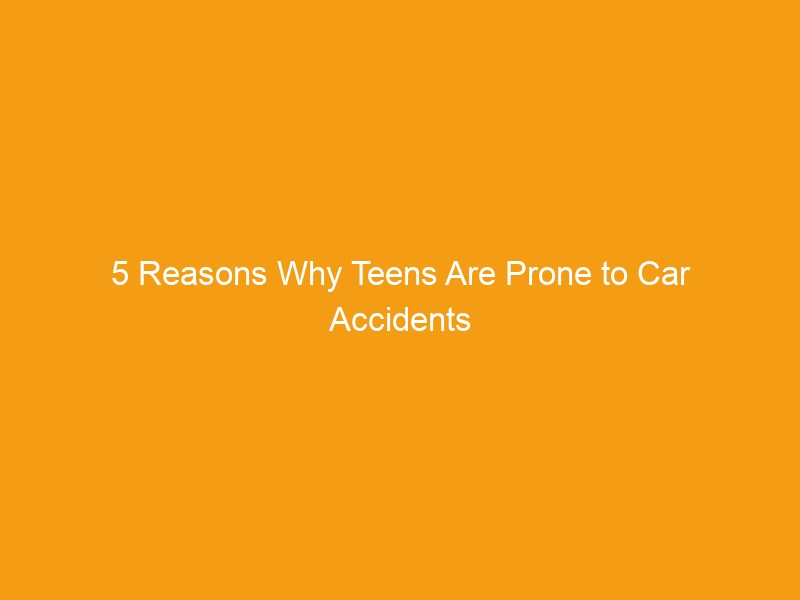Being a teenager entails a plethora of new responsibilities, practical life skills, and gaining an understanding of how the real world functions. However, due to the fact that most teenagers still live at home, grasping reality and the significant consequences of some behaviors gets lost on them. As such, they don’t realize the repercussions of facing a serious offense.
Why Teenagers Have a Higher Risk of Causing Car Accidents
Intoxicated driving impairs cognition, response time, and alertness, making it especially risky for young drivers, who already are 40% more likely to cause an accident than grownups due to their lack of experience.
As a result, drinking any amount of alcohol or consuming other substances, including weed, renders teenagers (and anyone else, really) unsuitable to drive and may eventually lead to a DUI or worse. As per a DUI defense attorney, driving when drowsy is also deemed an impairment because it raises the risk of a crash. This article sheds light on five reasons that increase a teen’s chances of causing an accident.
1. Poor Judgement
A lot of teens are at a phase where they are tempted to experiment with drugs and alcohol. They are often in a rush to grow up and explore different things, and they are unaware of the impact these substances have.
Additionally, seeing a parent and perhaps other adults act normal and drive following a beer or glass of wine after meals may mislead them into assuming that one drink may not be as dangerous as they think.
Some states have a zero-tolerance policy for teenage drinking and driving. In such states, it doesn’t matter whether a youngster believes they are drunk or not after one drink, they will still be charged with a DUI. Essentially, the .08 legal BAC (or whatever it is in your state) doesn’t apply to those under the drinking age. For them, anything greater than 0.00 results in a DUI charge.
2. Risk Taking
The newly discovered freedom that comes along with getting a driver’s license motivates them to test the boundaries and take greater risks than seasoned drivers. Teenagers have a higher likelihood than other drivers to speed, tailgate, run a red light, disregard stop signs, and refuse to yield to pedestrians on the road.
These infractions make them a target for the police, and if even a trace of alcohol is found in their system, they could face serious charges.
3. Underestimating Hazardous Conditions
Due to their inexperience as drivers, teenagers frequently underestimate the dangers of driving in hazardous conditions. Poor weather conditions also play a significant role in this situation, and as such, they get caught unaware, resulting in an accident.
4. Smartphone Use
Cellphones are one of the most common driving distractions in today’s world. And this generation’s teens are–more often than not–addicted to their phones.
According to the Pew Research Center, one out of every four American teenagers admits to texting and driving, and nearly half of all teenagers aged 12 to 17 have been in a car with a driver that has texted while driving. While these are sobering statistics, some states still haven’t banned smartphone use and teenagers still continue to throw caution to the wind at the expense of their safety.
5. Carrying Passengers
A teen who is driving with a passenger is far more likely to become involved in a car accident than if they were driving solo. Teen drivers who have passengers in their automobile had a 3.6 times greater fatality rate. This is because they are easily distracted and have a tendency to get carried away by the conversations of their passengers. Some states even have laws against teen drivers having an excess of one passenger for their first couple years of having a license.
Keep an Eye on Your Teen’s Driving
Parents and guardians can aid in the management of teen driving hazards by ensuring that their teen drivers adhere to GDL road safety laws. Becoming proactive and practicing safe driving habits can help parents positively influence teen driving behaviors.

